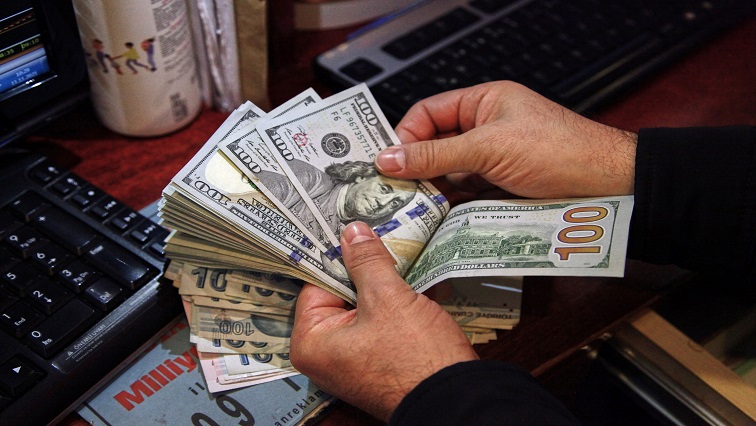Major global currencies were steady early on Monday with investors preparing for the US dollar to extend declines from late last week after the Federal Reserve dialled down its hawkish rhetoric.
The dollar index was flat at 105.07, with the euro at $1.0727. The dollar index declined more than 1% last week, its heaviest fall since mid-July and hit a six-week low.
World stocks too had their strongest week in a year as expectations the Fed was done raising rates gathered steam.
Other indicators such as weakness in US jobs data, softer manufacturing numbers from around the world and a decline in longer dated Treasury yields also hurt the dollar, while stoking rallies in sterling, the Aussie dollar and causing the yen to bounce from the weaker side of 150-per-dollar.
“We always say bad news is good news,” said Tina Teng, a market analyst at CMC Markets in Auckland. “So it’s good then there is expectation for the Fed and other central banks to end the rate hike cycle sooner.”
She expected the dollar to remain on weaker trend through November.
However, analysts at J.P Morgan Securities sounded cautious.
“Dollar bears would be well served to temper their enthusiasm,” they wrote. “This is because, the pillars of USD strength have diluted, but not completely faded and are likely to eventually re-emerge over the medium-term as USD-supportive factors.”
Moreover, besides more evidence of a slowing U.S. economy, J.P.Morgan analysts say a sustained dollar selloff needs signs of improvement in the euro zone, China and other regions which it says are “still tenuous”.
Latest manufacturing surveys from China and Europe’s GDP and inflation data bear that out.
Treasury yields slumped last week after softness in U.S. jobs and manufacturing data and after Fed Chair Jerome Powell spoke of ‘balanced’ risks. Also, the US government cut its refinancing estimate for this quarter, and announced lower increases in long-dated debt auctions than expected.
Yields on 2-year notes have dropped 25 basis points in roughly two weeks, while 10-year yields are down half a percentage point and at 5-week lows around 4.59%. The front end of the curve remains deeply inverted.
Futures markets swung to imply a 90% chance the Fed was done hiking, and an 86% chance the first policy easing would come as soon as June.
Markets also imply around an 80% probability the European Central Bank will be cutting rates by April, while the Bank of England is seen easing in August.


